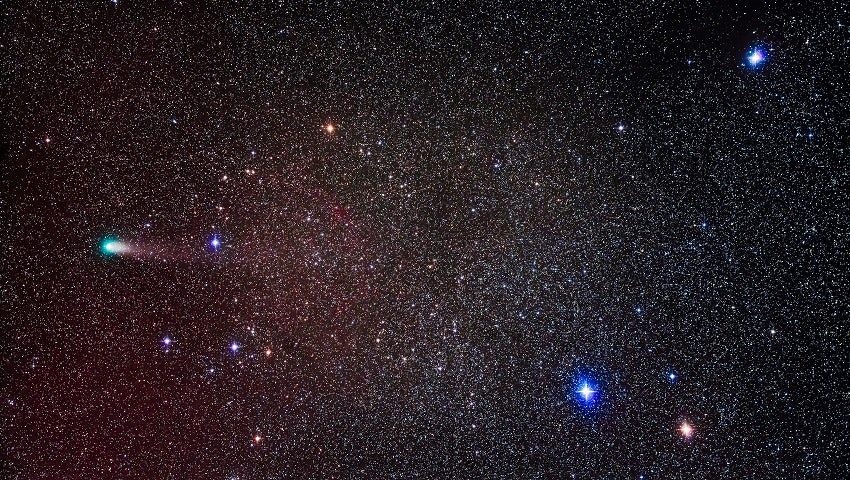It was generated by a rock from a comet that hit the atmosphere at about 140,000 km/h. It began at an altitude of about 108 km over the sea, and ended at a height of around 60 km.
OF THE
TIMES
It was generated by a rock from a comet that hit the atmosphere at about 140,000 km/h. It began at an altitude of about 108 km over the sea, and ended at a height of around 60 km.
This fireball flew over the provinces of Segovia, Valladolid and Zamora on the night of September 27, at 22:40 local time.
A rock from an asteroid at a speed of about 111 thousand kilometers per hour came into the earth's atmosphere. The ball of fire advanced westward to end south of the province of Zamora.

Comment: Just five days before this meteor sighting, another fireball lit up the skies over Tasmania and Victoria.